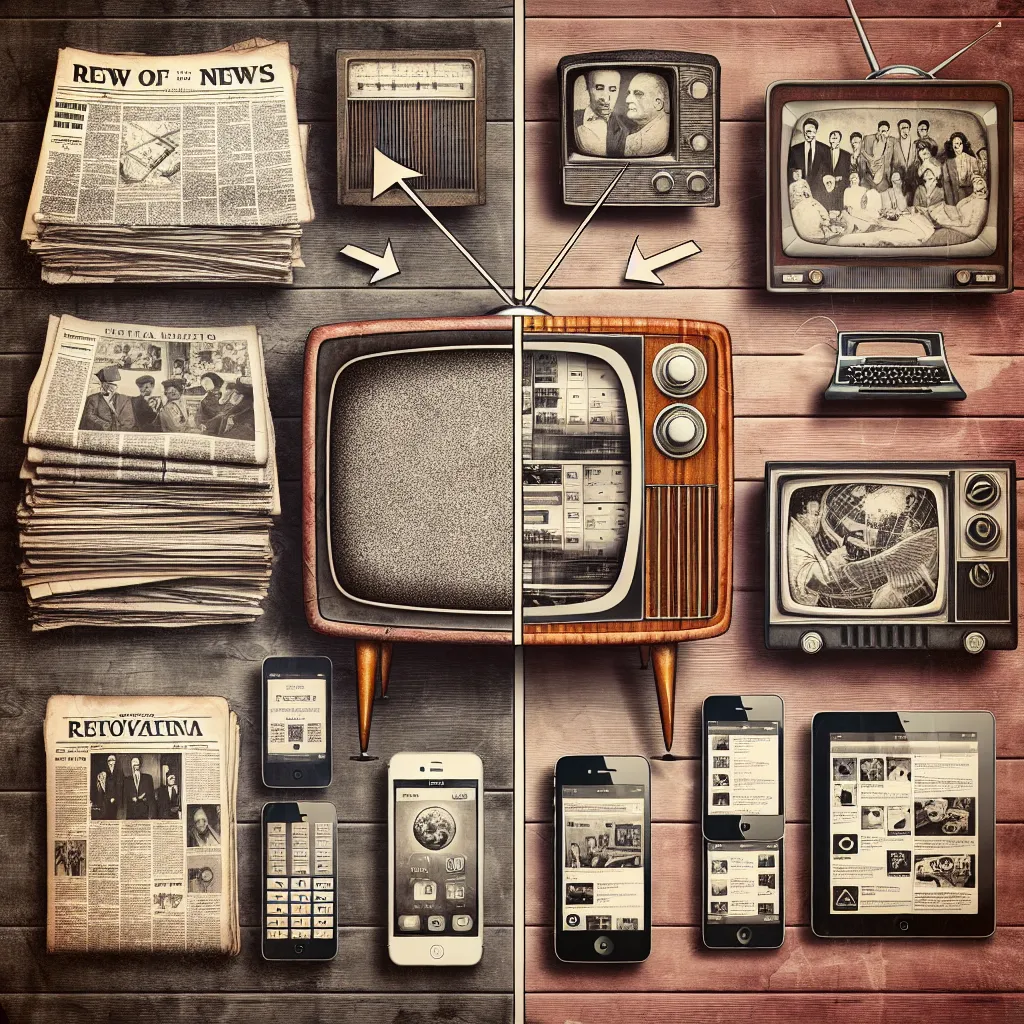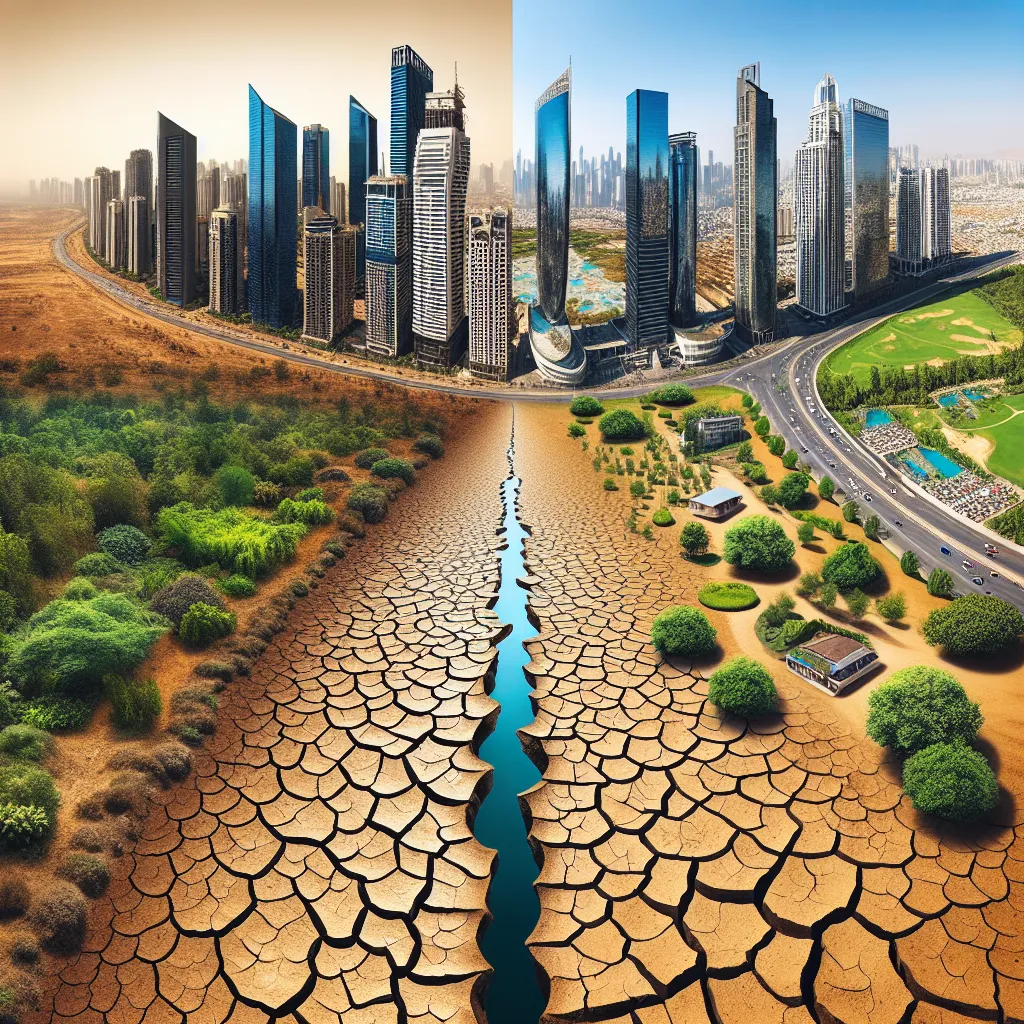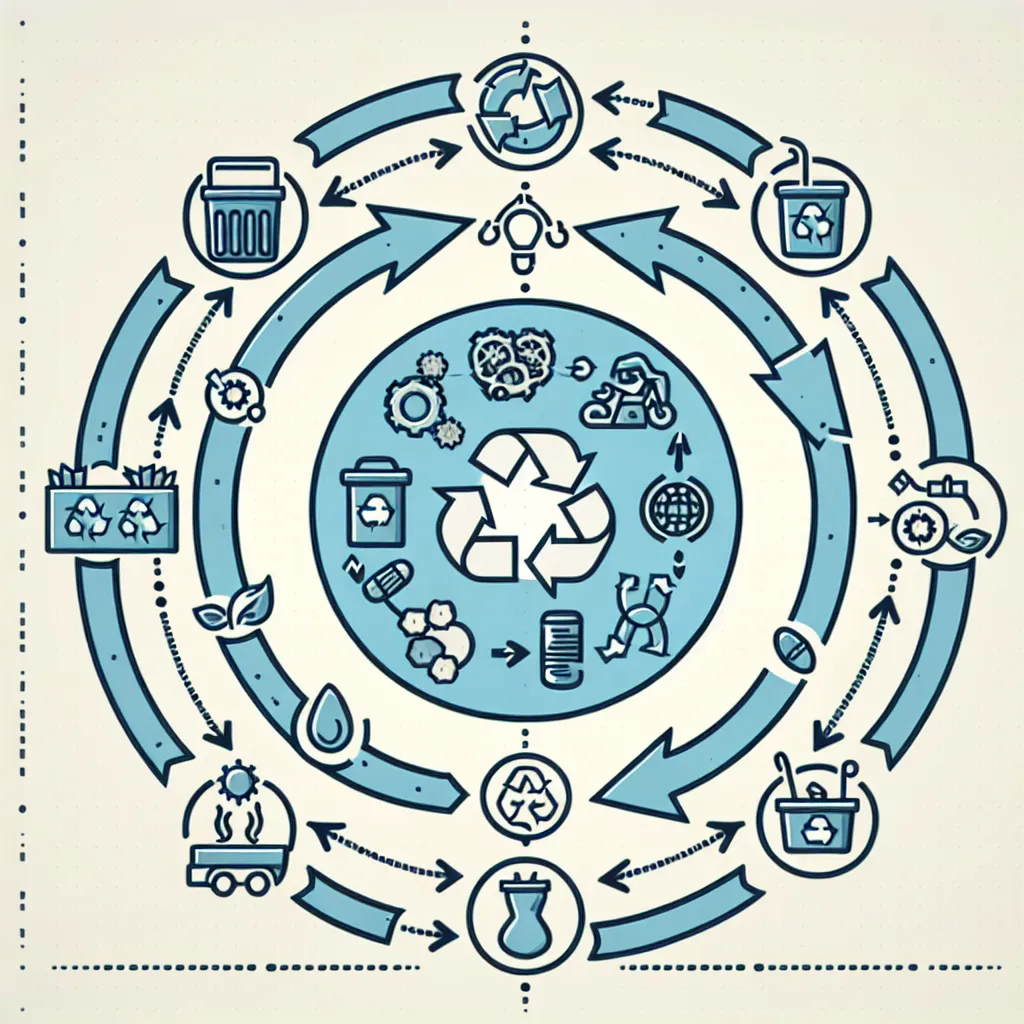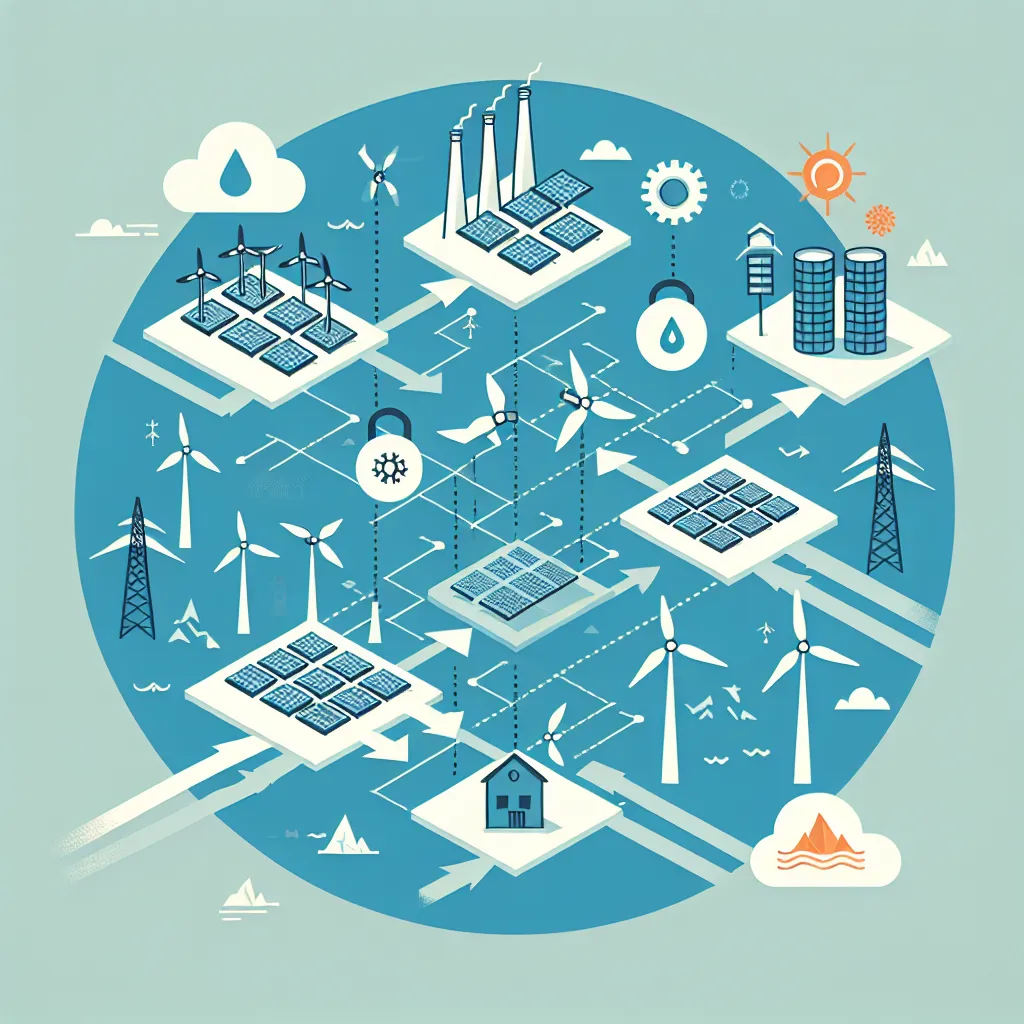Are you preparing for the IELTS Reading test and looking to enhance your skills? This practice test focuses on the intriguing topic of “The Impact of Digital Technology on Traditional Media.” As an experienced IELTS instructor, I’ve crafted this comprehensive practice material to help you familiarize yourself with the test format and improve your reading comprehension abilities. Let’s dive into this engaging and challenging IELTS Reading practice session!
 Digital technology impact on traditional media
Digital technology impact on traditional media
Introduction to the IELTS Reading Test
The IELTS Reading test consists of three passages of increasing difficulty, followed by a series of questions designed to assess your comprehension and analytical skills. In this practice session, we’ll explore how digital technology has transformed the landscape of traditional media, covering aspects such as:
- The decline of print newspapers
- The rise of online news platforms
- Changes in television and radio consumption
- The emergence of social media as a news source
- The impact on advertising and revenue models
Let’s begin with our first passage, which provides an overview of the topic.
Passage 1 (Easy Text): The Shifting Media Landscape
In recent years, the media industry has undergone a dramatic transformation, largely driven by the rapid advancement of digital technology. Traditional forms of media, such as newspapers, television, and radio, have faced unprecedented challenges as consumers increasingly turn to digital platforms for their information and entertainment needs.
One of the most visible changes has been the decline of print newspapers. Once a cornerstone of daily life, physical newspapers have seen their circulation numbers plummet as readers migrate to online news sources. This shift has forced many publications to adapt their business models, with some moving entirely online and others developing hybrid approaches that combine print and digital offerings.
Television and radio have also been significantly impacted by the digital revolution. The rise of streaming services and on-demand content has altered viewing and listening habits, with many consumers opting for personalized, ad-free experiences over traditional broadcast schedules. This change has led to a fragmentation of audiences and posed challenges for advertisers seeking to reach mass markets.
Social media platforms have emerged as powerful players in the media landscape, serving not only as communication tools but also as primary sources of news and information for many users. The viral nature of content on these platforms has changed how information spreads and has sometimes blurred the lines between credible journalism and unverified rumors.
Despite these challenges, traditional media outlets are not disappearing entirely. Many are finding ways to leverage digital technology to their advantage, developing new content formats and distribution channels to reach audiences in the digital age. The key to survival in this new landscape appears to be adaptability and a willingness to embrace innovation while maintaining the core principles of quality journalism and storytelling.
Questions 1-5: Multiple Choice
Choose the correct letter, A, B, C, or D.
-
What is the main factor driving the transformation of the media industry?
A) Economic recession
B) Government regulations
C) Digital technology advancement
D) Changing consumer preferences -
How have print newspapers responded to the decline in circulation?
A) By increasing prices
B) By reducing content
C) By adapting their business models
D) By closing down operations -
What impact has digital technology had on television and radio consumption?
A) It has increased traditional broadcast viewership
B) It has led to more personalized content experiences
C) It has eliminated advertising completely
D) It has made these media forms obsolete -
According to the passage, what role do social media platforms play in the current media landscape?
A) They are solely used for personal communication
B) They have become important news sources
C) They have replaced traditional journalism entirely
D) They have no impact on information dissemination -
How are traditional media outlets responding to the challenges posed by digital technology?
A) By resisting all forms of change
B) By completely abandoning their original formats
C) By seeking government protection
D) By adapting and innovating their approaches
Questions 6-10: True/False/Not Given
Do the following statements agree with the information given in the passage?
Write:
TRUE if the statement agrees with the information
FALSE if the statement contradicts the information
NOT GIVEN if there is no information on this
- Print newspaper circulation has increased in recent years.
- Streaming services have changed how people consume television content.
- Social media platforms have made it easier to distinguish between credible news and rumors.
- Traditional media outlets are completely disappearing due to digital technology.
- Adaptability is crucial for media outlets to survive in the digital age.
Now, let’s move on to a more challenging passage that delves deeper into the specific impacts of digital technology on traditional media.
Passage 2 (Medium Text): Digital Disruption in the Media Industry
The advent of digital technology has ushered in an era of unprecedented change in the media industry, fundamentally altering the ways in which information is created, distributed, and consumed. This digital disruption has had far-reaching consequences for traditional media outlets, forcing them to reevaluate their business models and adapt to a rapidly evolving landscape.
One of the most significant impacts has been on the economics of media production and distribution. The marginal cost of reproducing and disseminating digital content is virtually zero, which has led to an explosion of available information and entertainment options. This abundance has, in turn, fragmented audiences and made it increasingly difficult for traditional media companies to maintain the large, captive audiences they once enjoyed.
The rise of user-generated content and citizen journalism has further challenged the dominance of established media institutions. Platforms such as YouTube, blogs, and social media networks have empowered individuals to create and share content on a global scale, often bypassing traditional gatekeepers. This democratization of media production has both positive and negative implications, enabling diverse voices to be heard but also raising concerns about the quality and reliability of information.
Advertising, long the lifeblood of many traditional media outlets, has undergone a seismic shift in the digital age. The ability to target specific demographics with precision and measure the effectiveness of campaigns in real-time has made digital advertising increasingly attractive to marketers. This has led to a significant reallocation of advertising budgets away from traditional media, particularly print, and towards digital platforms.
The convergence of media forms is another notable consequence of digitalization. The distinctions between different types of media – text, audio, video – have blurred as content is increasingly consumed on multi-functional digital devices. This convergence has created opportunities for media companies to develop new, immersive forms of storytelling but has also intensified competition as companies from different sectors find themselves vying for the same audiences.
Despite these challenges, many traditional media organizations have found ways to leverage digital technology to their advantage. Paywalls and subscription models have emerged as potential solutions to the revenue challenges posed by free online content. Some news organizations have successfully transitioned to digital-first strategies, using data analytics to inform content creation and distribution decisions.
The impact of digital technology on traditional media continues to evolve, with emerging technologies such as artificial intelligence, virtual reality, and blockchain promising to bring further disruption to the industry. As these changes unfold, the ability of media companies to innovate and adapt will be crucial in determining their survival and success in the digital age.
Questions 11-14: Matching Headings
Match the following headings to the correct paragraphs in the passage. Write the correct number (i-vii) next to questions 11-14.
List of Headings:
i. The challenge of user-generated content
ii. The evolution of advertising in the digital era
iii. The blending of media formats
iv. The economics of digital content production
v. The rise of subscription-based models
vi. The impact of artificial intelligence on media
vii. The fragmentation of media audiences
- Paragraph 2: __
- Paragraph 3: __
- Paragraph 4: __
- Paragraph 5: __
Questions 15-20: Completing Sentences
Complete the sentences below using NO MORE THAN THREE WORDS from the passage for each answer.
- The cost of reproducing and distributing digital content is described as __.
- Traditional media companies find it harder to maintain __ due to the fragmentation of audiences.
- The rise of user-generated content has led to a __ of media production.
- Digital advertising allows marketers to __ with greater precision.
- The convergence of media has created opportunities for __ forms of storytelling.
- Many traditional media organizations have adopted __ to address revenue challenges posed by free online content.
Now, let’s proceed to the final and most challenging passage, which explores the future implications of digital technology on traditional media.
Passage 3 (Hard Text): The Future of Media in a Digital World
As digital technology continues to evolve at a breakneck pace, the media landscape finds itself in a state of constant flux. The traditional paradigms that once defined the industry are being challenged and reimagined, giving rise to new forms of content creation, distribution, and consumption. This ongoing transformation raises critical questions about the future of media and its role in society.
One of the most significant trends shaping the future of media is the increasing personalization of content. Advanced algorithms and machine learning technologies are enabling media platforms to tailor content to individual preferences with unprecedented accuracy. This hyper-personalization promises to enhance user engagement but also raises concerns about the creation of echo chambers and the potential for algorithmic bias to reinforce existing beliefs and prejudices.
The convergence of technologies is another factor that is likely to have profound implications for the media industry. The integration of artificial intelligence, augmented reality, and the Internet of Things is blurring the lines between physical and digital realities, creating immersive experiences that challenge traditional notions of media consumption. For instance, the development of smart glasses and other wearable devices could revolutionize how we access and interact with information, potentially rendering smartphones – and by extension, many current digital media formats – obsolete.
The rise of blockchain technology presents both opportunities and challenges for the media industry. On one hand, blockchain has the potential to address longstanding issues such as copyright infringement and fair compensation for content creators through the use of smart contracts and decentralized distribution models. On the other hand, it could disrupt existing power structures within the industry, potentially disintermediating traditional media gatekeepers.
As 5G networks become more prevalent, the capabilities of mobile devices to deliver high-quality, real-time content will expand dramatically. This increased bandwidth and reduced latency will enable new forms of interactive and immersive media, such as live virtual reality experiences and holographic communications. These advancements may fundamentally alter how we conceive of “broadcast” media, shifting towards more participatory and experiential forms of content.
The future of media will also be shaped by evolving regulatory frameworks and public policy. Concerns over data privacy, misinformation, and the market power of large technology companies are driving calls for increased regulation of digital platforms. How these regulations are implemented will have significant implications for the business models of both traditional and digital media companies.
Amidst these technological and regulatory changes, the role of human creativity and storytelling remains paramount. While AI and machine learning may automate certain aspects of content creation and curation, the ability to craft compelling narratives and provide insightful analysis will continue to be a uniquely human endeavor. As such, the most successful media organizations of the future are likely to be those that can effectively balance technological innovation with high-quality, human-driven content.
The challenges facing traditional media in the digital age are substantial, but so too are the opportunities. As the boundaries between different forms of media continue to blur and new technologies emerge, the industry will need to remain agile and adaptable. The future of media will be shaped not only by technological advancements but also by how society chooses to engage with and regulate these new forms of communication and information dissemination.
Questions 21-26: Matching Information
Match the following statements (A-H) to the correct paragraphs in the passage (21-26). Write the correct letter, A-H, next to questions 21-26.
NB You may use any letter more than once.
A) Discusses the potential impact of wearable technology on media consumption
B) Mentions the importance of human creativity in future media
C) Explains how blockchain could affect content creator compensation
D) Describes the potential for new forms of interactive media enabled by 5G
E) Addresses concerns about the personalization of media content
F) Discusses the role of regulation in shaping the future of media
G) Explains how AI is changing content creation
H) Mentions the integration of multiple emerging technologies
- Paragraph 2: __
- Paragraph 3: __
- Paragraph 4: __
- Paragraph 5: __
- Paragraph 6: __
- Paragraph 7: __
Questions 27-30: Summary Completion
Complete the summary below using words from the box. Write the correct letter, A-L, next to questions 27-30.
A) Personalization B) Convergence C) Blockchain D) Regulation E) Creativity F) Artificial Intelligence
G) Virtual Reality H) 5G Networks I) Smart Contracts J) Echo Chambers K) Immersive Experiences L) Wearable Devices
The future of media in the digital world is being shaped by several key factors. (27)__ of content is becoming more sophisticated, potentially leading to increased engagement but also raising concerns about (28)__. The integration of various technologies is creating new (29)__ that challenge traditional media consumption patterns. (30)__ may revolutionize content distribution and creator compensation, while also disrupting existing industry structures.
Questions 31-35: Identifying Writer’s Views
Do the following statements agree with the views of the writer in the passage?
Write:
YES if the statement agrees with the views of the writer
NO if the statement contradicts the views of the writer
NOT GIVEN if it is impossible to say what the writer thinks about this
- Hyper-personalization of content will only have positive effects on media consumption.
- The development of wearable devices could make current smartphones obsolete.
- Blockchain technology will definitely solve all copyright issues in the media industry.
- 5G networks will enable more participatory forms of media content.
- Human creativity will become less important in media production as AI technology advances.
Answer Key
Passage 1 (Easy Text)
- C
- C
- B
- B
- D
- FALSE
- TRUE
- FALSE
- FALSE
- TRUE
Passage 2 (Medium Text)
- iv
- i
- ii
- iii
- virtually zero
- large, captive audiences
- democratization
- target specific demographics
- new, immersive
- paywalls
Passage 3 (Hard Text)
- E
- H
- C
- D
- F
- B
- A
- J
- K
- C
- NO
- YES
- NOT GIVEN
- YES
- NO
This comprehensive IELTS Reading practice test on “The Impact of Digital Technology on Traditional Media” covers a wide range of aspects related to the topic. By engaging with these passages and questions, you’ll not only improve your reading comprehension skills but also gain valuable insights into the evolving media landscape.
Remember, success in the IELTS Reading test comes from regular practice and developing effective strategies for time management and question-answering techniques. Keep practicing with diverse topics and question types to enhance your performance.
For more IELTS preparation resources and practice materials, be sure to check out our other articles on the impact of e-learning on traditional education systems and how digital currencies are changing the financial industry. These topics are closely related to the digital transformation theme and can provide additional context and vocabulary for your IELTS preparation.
Good luck with your IELTS journey!


